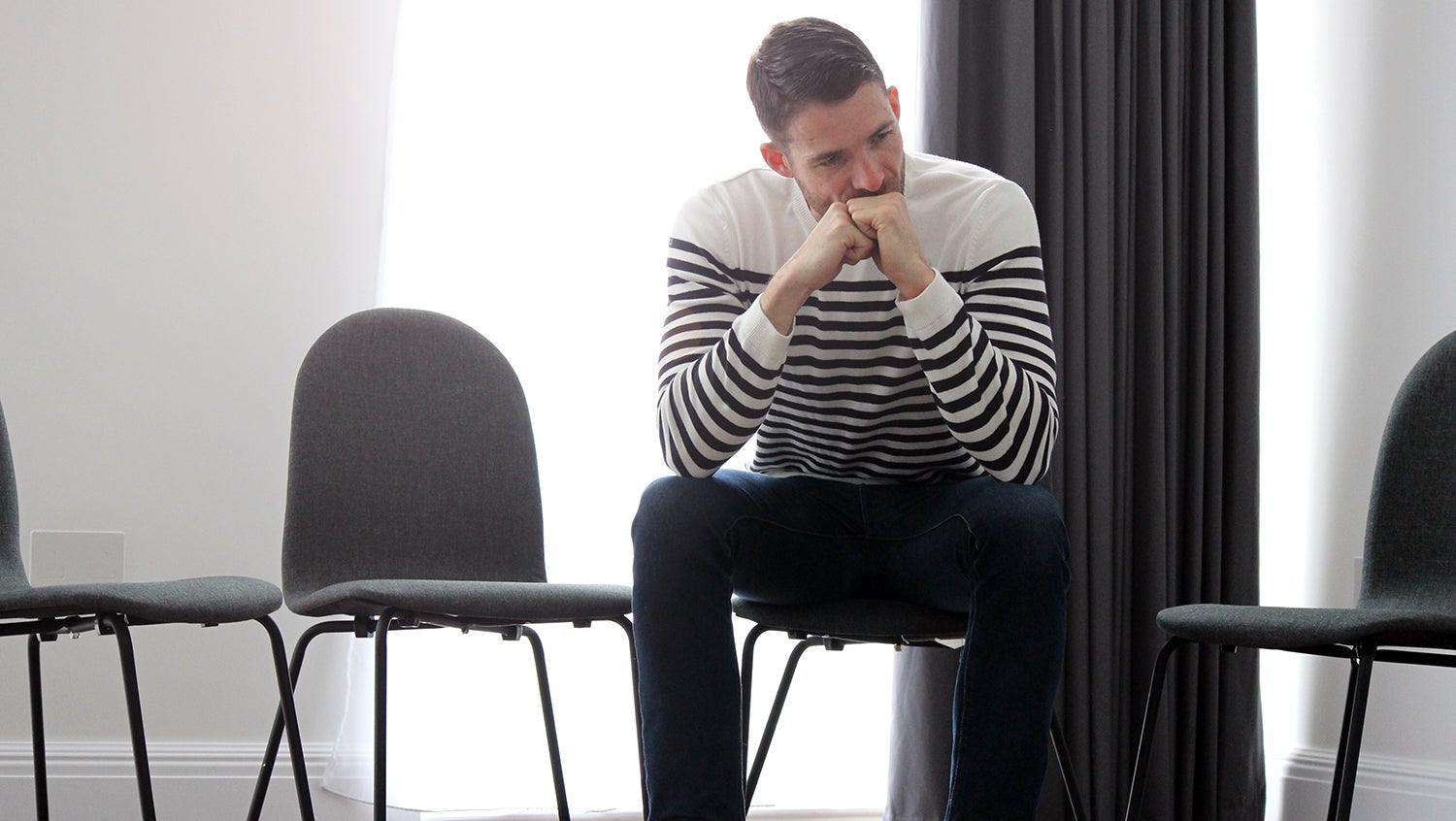Integrated Mental Health and Substance Use Disorder Treatment: The Way Forward
June 29, 2020
By Kerry Benson

Getty Images
A clinic helps close a major treatment gap by addressing co-occurring mental and substance use disorders under one roof.
Experts have found that many people with opioid use disorder first turn to drugs to numb the pain of depression, anxiety, or other emotional trauma. But mental health disorders as a root cause of substance use often difficult to treat, even as officials have called for better solutions to the opioid epidemic.
Approximately 7.7 million adults live with co-occurring mental health and substance use disorders, which means nearly 38% of those with substance use disorders also have diagnosed mental health issues. More than half of those nearly 8 million adults don’t get treatment for one diagnosis. Less than 10% receive treatment for both.
Untreated mental health disorders may exacerbate addiction issues, and addiction issues may exacerbate mental health disorders, says Tae Woo Park, MD, an addiction psychiatrist at Boston Medical Center (BMC) and the director of the hospital’s Addiction and Behavioral Health Outpatient Recovery (ABOVE) program. The mental illness-addiction feedback loop is a vicious cycle — and it will continue until treatment efforts acknowledge that patients and providers can’t address one type of disorder while ignoring the other.
Unfortunately, patients who engage in addiction treatment may receive opioid use disorder medications fairly quickly, but they then face significant barriers to mental health care for needs such as depression, bipolar, psychosis, or ADHD, says John Mannion, an addiction nurse with ABOVE. Many patients face lengthy waitlists for psychiatric care at a separate facility, but they may not be stable enough to wait several weeks or months to be seen. The financial or logistical challenges of arranging transportation, remembering an appointment, or remaining reachable by phone can prove to be insurmountable for some patients. And for people who have mustered the bravery to seek treatment, extended wait times can also be incredibly discouraging.
“They’re just trying to get their life together, but they get an appointment eight weeks away. Eight weeks sounds like three years,” says Mannion.
A step toward more holistic addiction care
The siloed treatment approach is one that Park, Mannion, and their colleagues at BMC are trying to reconcile through the hospital’s SAMHSA-funded Addiction and Behavioral Health Outpatient Recovery (ABOVE) program, which helps expand access to opioid medication treatments while offering co-located mental health services. In addition to nurses and psychiatrists, the clinic also employs a social worker, a patient care coordinator, a project manager, and a peer recovery coach.
“Oftentimes, mental health is treated in isolation,” says Park. “With ABOVE, we have built a multidisciplinary team approach that includes addiction nurses for a group that really needs more than one discipline treating them.”
The ABOVE clinic was inspired in part by a nationally recognized model of care that was established at BMC: the OBAT nurse care management model, also known as the Massachusetts Model. Nurses take the lead on patients’ treatment while working under the guidance of a physician who can prescribe the appropriate medications.
Related read: “Until Addiction Medicine Training Made Universal, Filling the Gaps” »
The ABOVE clinic’s nurses help manage the patients’ medication for opioid use disorder, review dosages, determine appointment schedules, and keep track of drug test results, thereby freeing up the psychiatrists to see more patients. The arrangement helps increase capacity and allows for more thorough, comprehensive care for both opioid use disorder and co-occurring mental health conditions.
As part of treatment, patients are strongly encouraged to attend therapy sessions, but these aren’t mandatory, says Park.
“Forcing people into treatment doesn’t work”
“Forcing people into treatment doesn’t work,” he says — and neither does kicking people out, which frequently happens in other medication-assisted programs when people break “rules” by forgoing therapy sessions or by continuing to use substances. Patients face complex circumstances that may interfere with their ability to adhere to therapy and treatment, whether its homelessness, not having reliable phone service, or other stressors, says Park. Instead of punishing patients for their setbacks, the team at ABOVE focuses on putting treatment and recovery first, being flexible when needed and keeping harm reduction top of mind.
The approach seems to be working: Preliminary results suggest that 50–60% of patients are staying in treatment at ABOVE. This figure is promising, says Park, especially given that individuals with co-occurring mental health disorders tend to be more severely ill and harder to engage.
“We are still reliant on primary care and general medicine to help address chronic physical issues in this patient population,” says Park, noting the challenges that still remain for integrated care. “In an ideal world, this should all be addressed under one roof. But this is a step towards it.”


